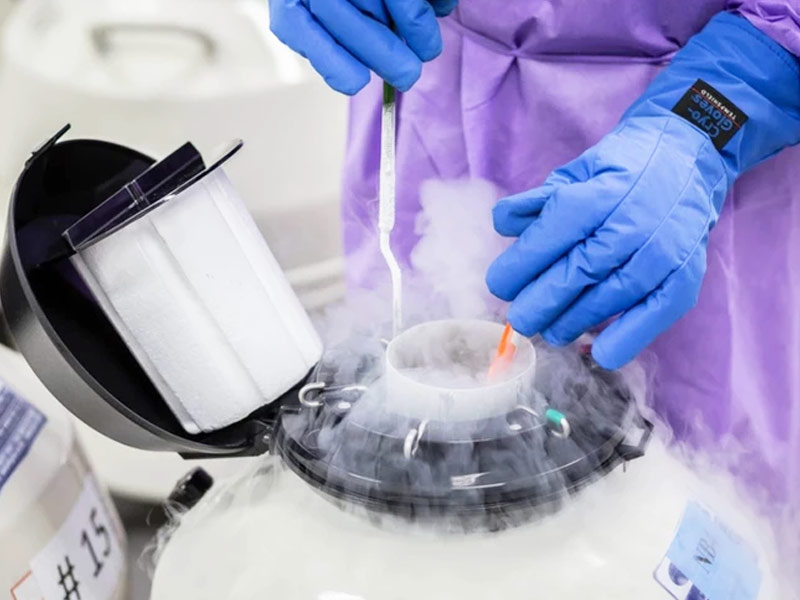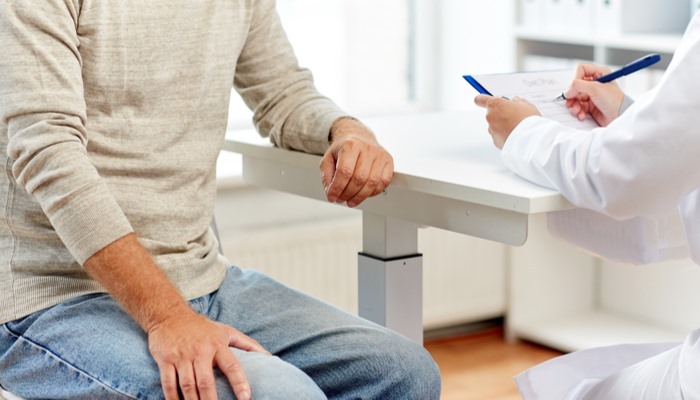Vaginal Yeast Infection is a common condition caused by an overgrowth of the fungus Candida, which naturally resides in the vaginal flora. While the presence of this yeast is normal, factors such as antibiotics, hormonal changes, or a weakened immune system can contribute to its overproduction, leading to infection. Women of all ages can experience this condition, but certain factors make some more susceptible than others.
The symptoms of a Vaginal Yeast Infection typically include itching, irritation, a burning sensation, and unusual discharge. It’s essential to recognize these symptoms early to seek appropriate treatment and alleviate discomfort. In many cases, these infections can be managed effectively with over-the-counter creams or prescribed medications.
Additionally, understanding the underlying causes of a Vaginal Yeast Infection is crucial for prevention. Factors such as diabetes, pregnancy, and the use of certain medications can disrupt the balance of yeast and bacteria in the vagina, creating an environment conducive to infection. Maintaining vaginal health and hygiene can significantly reduce the risk of experiencing these unpleasant symptoms.
Proper diagnosis and treatment are vital for resolving a Vaginal Yeast Infection effectively. If symptoms persist or worsen, it is advisable to consult a healthcare professional to rule out other potential causes and receive the most appropriate care.
What are the Symptoms of Vaginal Yeast Infection?
A Vaginal Yeast Infection can cause a range of uncomfortable symptoms that can vary in intensity. Recognizing these symptoms is crucial for timely diagnosis and treatment. Common symptoms include:
- Itching: Persistent itching or irritation in the vaginal area is a hallmark sign.
- Discharge: A thick, white, odorless discharge resembling cottage cheese is commonly associated with a yeast infection.
- Redness and Swelling: The vulva or vaginal area may appear red, swollen, or inflamed.
- Pain during Intercourse: Discomfort or pain during sexual activity can occur.
- Burning Sensation: A burning sensation may be noticeable during urination.
If you experience any of these symptoms, it is essential to consult a healthcare professional for an accurate diagnosis and appropriate treatment. Early intervention can help alleviate discomfort and prevent complications.
The primary cause of a Vaginal Yeast Infection is an overgrowth of the fungus Candida, particularly Candida albicans, which is normally present in small amounts in the vagina. Various factors can disrupt the natural balance of this fungus and the bacteria that coexist in the vaginal microbiome, leading to an increase in its population.
Hormonal changes are a significant contributor to the development of a Vaginal Yeast Infection. Factors such as menstruation, pregnancy, and hormonal therapies can create an environment that is more favorable for yeast growth. Additionally, conditions like diabetes can alter the immune system’s response and lead to increased sugar levels in the vaginal area, which yeast thrives on.
Antibiotics can also play a role in triggering a Vaginal Yeast Infection. While they are effective in eliminating harmful bacteria, they can also disrupt the delicate balance of good bacteria that help control yeast levels. When these beneficial bacteria are diminished, it can pave the way for a yeast overgrowth.
Lifestyle factors, such as a weakened immune system due to stress, chronic illness, or poor nutrition, can increase susceptibility to infections. Certain clothing choices, such as tight-fitting garments and non-breathable fabrics, may also contribute to a warm and moist environment, making it easier for yeast to flourish.
How is Vaginal Yeast Infection Diagnosed?
Diagnosing a Vaginal Yeast Infection typically involves several steps carried out by a healthcare provider. Here’s an outline of the common diagnostic procedures:
1. Medical History Review: The doctor will first ask about your medical history, including any previous infections, sexual history, and other relevant health information.
2. Symptom Assessment: You will be asked to describe your symptoms in detail. This may include discussing the duration, severity, and nature of your symptoms.
3. Physical Examination: A healthcare provider will conduct a pelvic examination to observe the vaginal area and assess any signs of infection. This includes checking for redness, swelling, and abnormal discharge.
4. Laboratory Tests: In many cases, a sample of vaginal discharge may be taken for laboratory testing. This helps in confirming the presence of Candida, the fungus responsible for most yeast infections. The provider may use a microscope to examine the sample or send it to a laboratory for a culture test.
5. Rule Out Other Conditions: Since symptoms of a Vaginal Yeast Infection can mimic other conditions like bacterial vaginosis or sexually transmitted infections, your doctor may conduct tests to eliminate these possibilities.
By following these steps, healthcare providers can accurately diagnose a Vaginal Yeast Infection and provide the appropriate treatment recommendations.
Treatment for a Vaginal Yeast Infection usually begins with an accurate diagnosis and may vary based on the severity of the infection. Over-the-counter (OTC) antifungal creams and suppositories are commonly used for mild cases. These medications generally contain active ingredients like clotrimazole, miconazole, or tioconazole, which work to eliminate the yeast responsible for the infection.
In more severe or recurrent instances of a Vaginal Yeast Infection, a doctor might prescribe oral antifungal medications, such as fluconazole. These prescriptions are often more effective for persistent infections and can help address deeper tissue involvement.
Additionally, it is essential to complete the full course of any prescribed medication to ensure the infection is entirely eradicated and to reduce the risk of reinfection. Alongside medications, some healthcare providers may recommend lifestyle changes, such as wearing breathable cotton underwear and avoiding scented products in the vaginal area, to promote optimal vaginal health and minimize the likelihood of future infections.
For those with recurrent infections, further evaluation may be necessary to identify any underlying conditions that could be contributing to the problem. It is vital to engage with a healthcare professional to determine the most effective treatment approach for managing a Vaginal Yeast Infection.
Managing a Vaginal Yeast Infection effectively involves a combination of home remedies and medical treatments. While over-the-counter antifungal creams and medications are commonly recommended, several supportive measures can help alleviate discomfort and prevent recurrence.
Maintaining proper hygiene is essential. It is advised to keep the vaginal area clean and dry, as moisture can foster yeast growth. Wearing breathable cotton underwear and avoiding tight-fitting clothing can also create a healthier environment.
Incorporating probiotic-rich foods into your diet, such as yogurt and kefir, may help restore the natural balance of bacteria and fungi, potentially reducing the likelihood of future infections. Additionally, a balanced diet low in sugar can also decrease yeast overgrowth, as sugar can feed Candida, the yeast responsible for infections.
Many find relief from symptoms through natural remedies such as apple cider vinegar baths or coconut oil application. However, it’s important to consult a healthcare provider before trying these alternatives, especially if you have recurrent infections.
If you’re experiencing persistent signs of a Vaginal Yeast Infection, seeking medical advice is crucial. A healthcare professional can guide you through the best treatment options tailored specifically to your needs.
How Long Does Vaginal Yeast Infection Take to Heal?
The healing time for a Vaginal Yeast Infection can vary significantly depending on several factors, including the severity of the infection and the treatment method employed. Typically, most women experience relief within a few days when appropriate antifungal treatments are administered.
If you opt for over-the-counter medications, symptoms like itching and discomfort may begin to subside within 2 to 3 days. However, it is crucial to complete the full course of treatment, which usually lasts around 7 days, even if you start feeling better sooner.
For more severe or recurrent Vaginal Yeast Infections, your healthcare provider may recommend a more extended treatment regimen. In these cases, it might take up to two weeks to fully resolve the infection and related symptoms. Follow-up appointments may be necessary to ensure that the infection has cleared completely.
In addition to medication, maintaining proper hygiene and avoiding irritants can expedite the healing process. If symptoms persist beyond the treatment period, it’s essential to consult a healthcare professional for further evaluation. Timely intervention is key in managing Vaginal Yeast Infections effectively.



